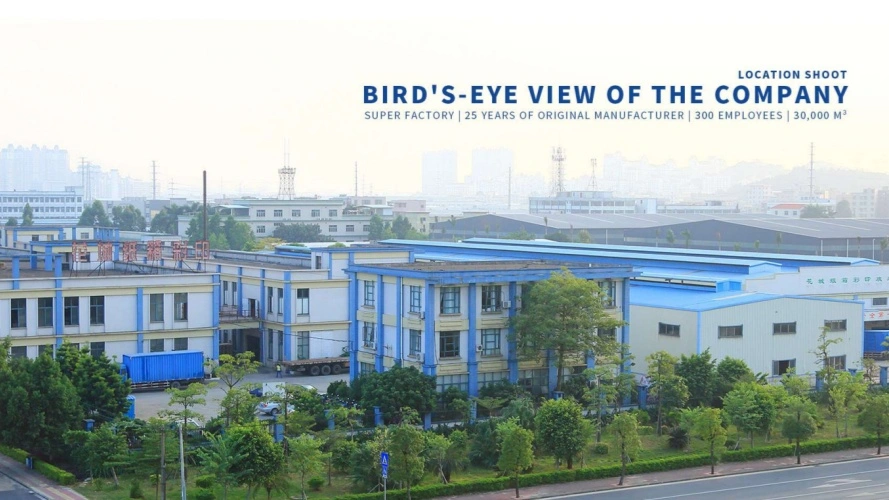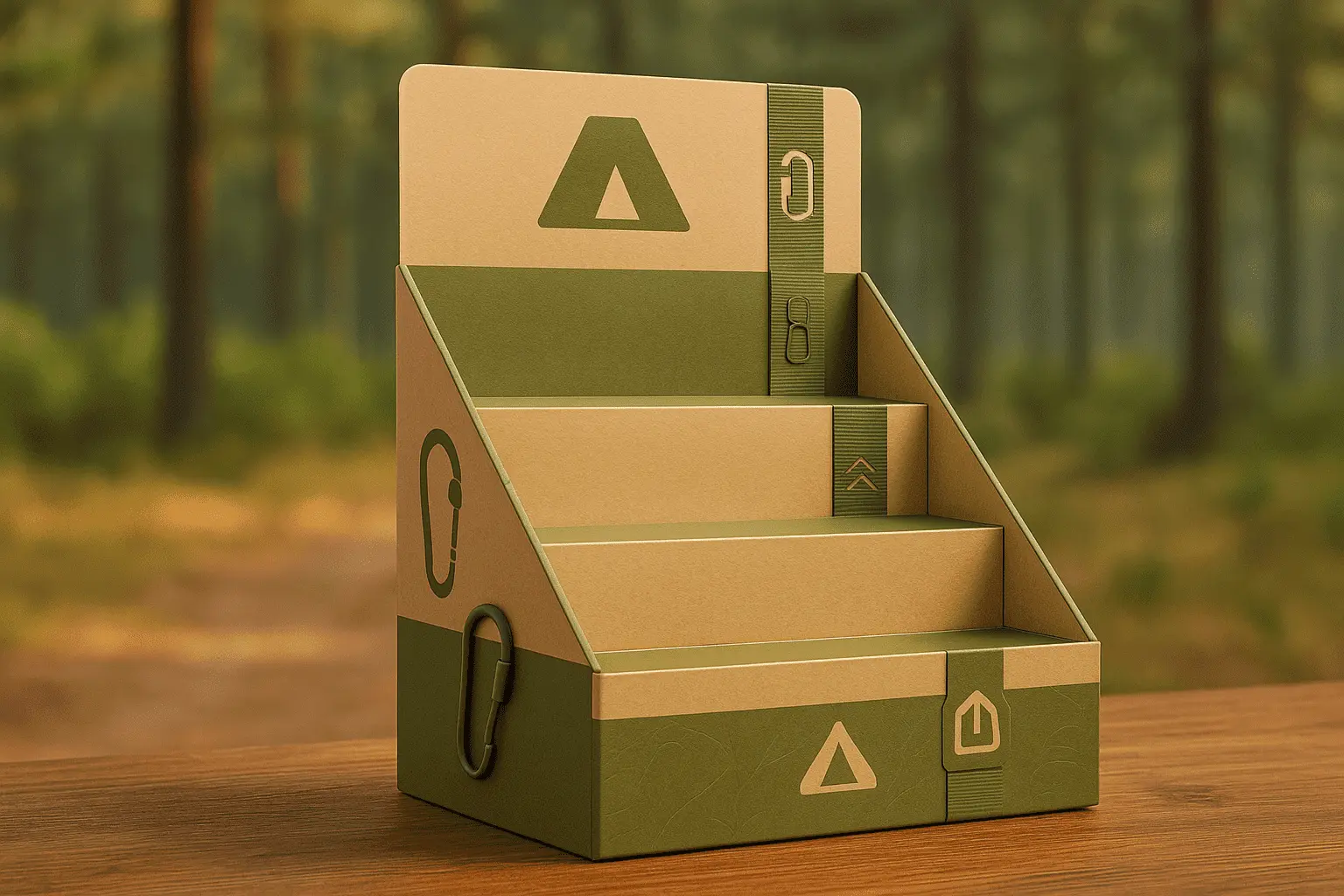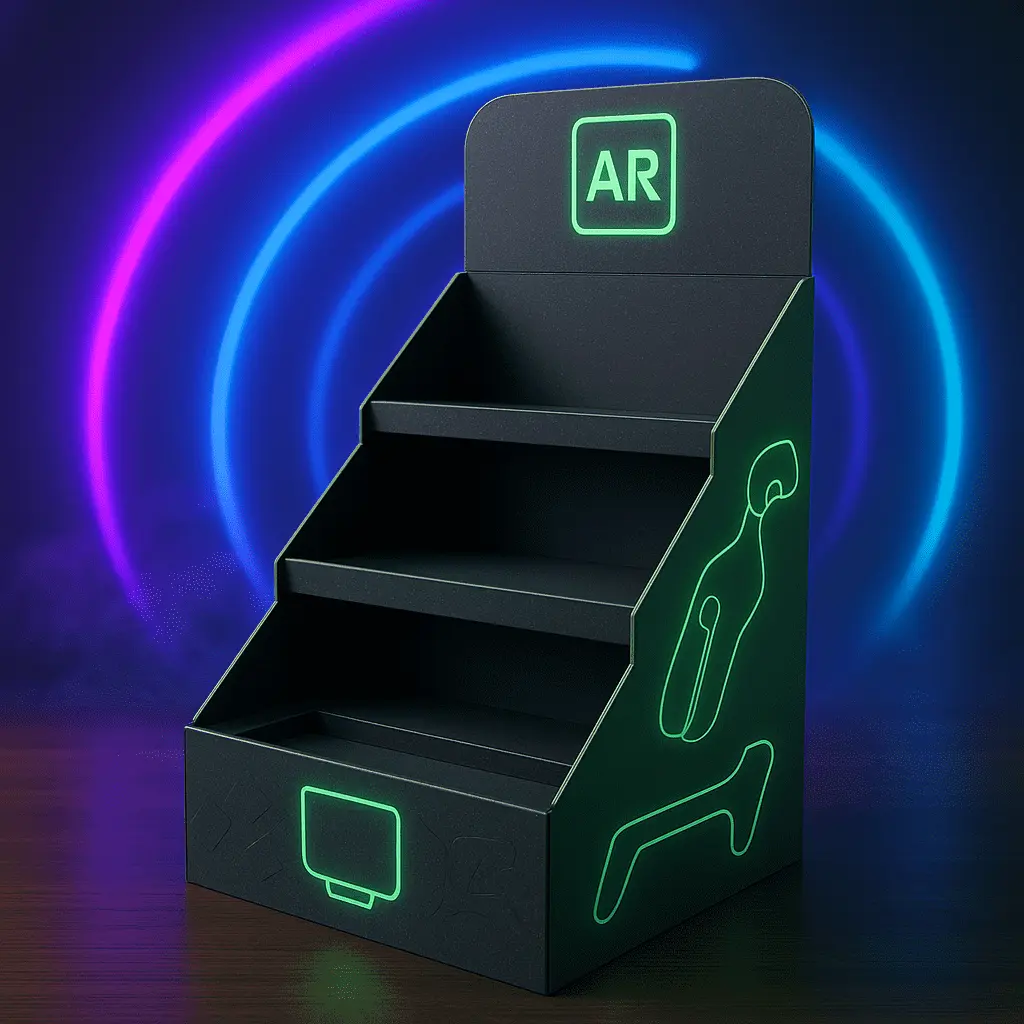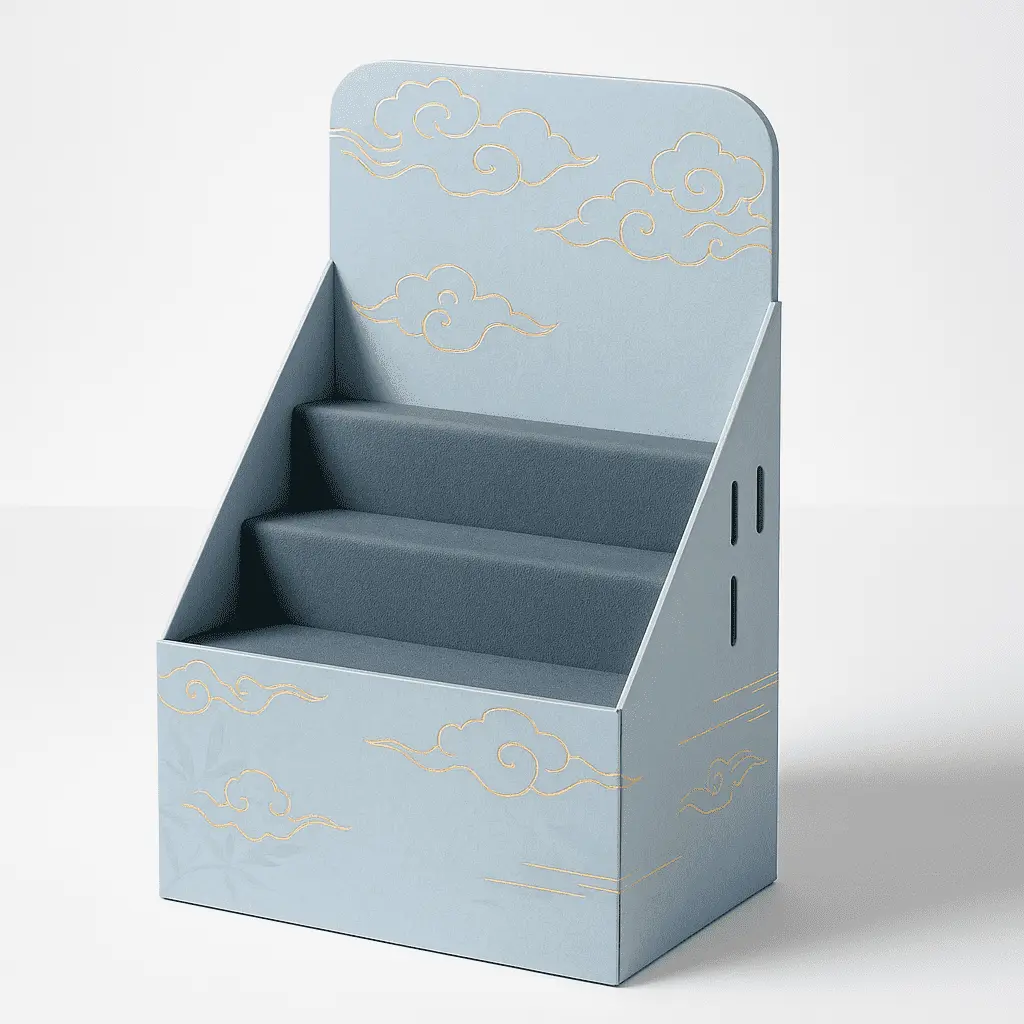Designing Your Perfect PDQ Pallet Display
Understanding Your Brand and Product Needs
Before diving into the design process, it's crucial to have a clear understanding of your brand identity and product requirements. Consider your target audience, the retail environment where the display will be placed, and the specific products you want to showcase. This foundational knowledge will guide every decision in the customization process, ensuring that your PDQ pallet display aligns perfectly with your marketing objectives and resonates with potential customers.
Take time to analyze your competitors' displays and identify unique selling points that set your products apart. This research will help you create a display that not only stands out in a crowded retail space but also effectively communicates your brand's value proposition. Remember, a well-designed PDQ pallet display can serve as a silent salesperson, drawing attention and encouraging impulse purchases.
Collaborating with Design Experts
Once you have a solid grasp of your needs, it's time to collaborate with design experts. These professionals bring a wealth of experience in retail merchandising and can offer valuable insights into creating an effective display. They'll help you balance aesthetics with functionality, ensuring that your PDQ pallet display not only looks great but also performs well in a retail setting.
During the design phase, consider factors such as visibility, product accessibility, and ease of restocking. Your design team should provide 3D renderings or prototypes, allowing you to visualize the final product and make any necessary adjustments before moving to production. This collaborative process helps refine your ideas and translates them into a practical, eye-catching display that meets your specific requirements.
Choosing Materials and Finishes
The choice of materials and finishes plays a crucial role in the overall impact and durability of your PDQ pallet display. Options range from corrugated cardboard for lightweight, eco-friendly solutions to more robust materials like plastic or wood for long-term use. Consider factors such as the weight of your products, the expected lifespan of the display, and your sustainability goals when making these decisions.
Finishes can significantly enhance the visual appeal of your display. Options include high-gloss coatings for a premium look, matte finishes for a sophisticated feel, or textured surfaces for added interest. Don't forget to consider special effects like embossing, foil stamping, or spot UV coating to make certain elements pop. The right combination of materials and finishes will not only protect your display but also reinforce your brand image and attract customer attention.
Manufacturing Your Customized PDQ Pallet Display
Precision Printing and Cutting
The manufacturing process begins with precision printing of your design onto the chosen material. Advanced printing technologies ensure vibrant colors and sharp details that accurately represent your brand and products. High-quality printing is essential for creating a professional, attractive display that stands out in a retail environment.
Following printing, the material undergoes precise cutting to create the individual components of your PDQ pallet display. This step requires sophisticated machinery and skilled operators to ensure each piece is cut accurately according to the design specifications. Precision in this stage is crucial for easy assembly and structural integrity of the final display.
Assembly and Structural Integrity
Once all components are printed and cut, the assembly process begins. This stage requires attention to detail to ensure that all parts fit together perfectly, creating a sturdy and visually appealing display. Skilled technicians use various techniques such as gluing, folding, and interlocking to construct the display according to the design specifications.
Structural integrity is paramount in PDQ pallet displays, as they need to withstand the rigors of transportation and handling in retail environments. Manufacturers may incorporate reinforcement elements or use specialized construction techniques to enhance durability. The goal is to create a display that maintains its appearance and functionality throughout its intended lifespan, even under heavy product loads.
Quality Control Measures
Quality control is a critical aspect of the manufacturing process for PDQ pallet displays. Rigorous inspections are conducted at various stages to ensure that each display meets the highest standards of quality and accuracy. This includes checking for printing defects, verifying dimensions, testing structural integrity, and ensuring that all assembly points are secure.
Many manufacturers employ advanced quality control technologies, such as computer vision systems, to detect even the slightest imperfections. Additionally, sample displays may be subjected to stress tests to simulate real-world conditions and verify durability. These comprehensive quality control measures help guarantee that your customized PDQ pallet display will arrive in perfect condition and perform as expected in the retail environment.
Delivering Your PDQ Pallet Display
Efficient Packaging for Transport
After manufacturing and quality control, the next crucial step is packaging your PDQ pallet displays for transport. Efficient packaging is essential to protect your displays during shipping and ensure they arrive at their destination in pristine condition. Manufacturers employ various packaging techniques depending on the display's size, material, and fragility.
Common packaging methods include shrink-wrapping, bubble wrapping delicate parts, and using sturdy cardboard boxes or wooden crates for added protection. For flat-packed displays, components are carefully arranged to minimize the risk of damage and optimize space utilization. Proper labeling and handling instructions are also crucial to guide those involved in the transportation process, reducing the likelihood of mishandling.
Logistics and Distribution Planning
Effective logistics and distribution planning is vital for ensuring your PDQ pallet displays reach their intended locations on time and in perfect condition. This process involves coordinating with shipping partners, determining the most efficient routes, and deciding on the best mode of transportation based on factors such as distance, quantity, and urgency.
For large-scale distributions, many manufacturers offer warehousing and fulfillment services. This can include storing your displays and coordinating shipments to multiple retail locations according to your rollout schedule. Such services can significantly simplify the logistics process, especially for businesses with extensive retail networks or those launching nationwide campaigns.
Installation and Setup Support
The final step in delivering your PDQ pallet display is installation and setup at the retail location. While many displays are designed for easy assembly by store staff, some manufacturers offer installation services for more complex units or large-scale rollouts. This service ensures that your displays are set up correctly, maximizing their visual impact and functionality.
Even if professional installation isn't required, providing clear, illustrated setup instructions is crucial. These guidelines help store personnel assemble and position the displays correctly, ensuring they look and perform as intended. Some manufacturers also offer remote support or video tutorials to assist with installation, addressing any questions or challenges that may arise during the setup process.
Conclusion
Customizing a PDQ pallet display is a multifaceted process that requires careful planning, creativity, and attention to detail. From initial design conceptualization to final delivery and setup, each stage plays a crucial role in creating an effective retail display solution. By understanding your brand needs, collaborating with experts, choosing the right materials, and ensuring quality throughout the manufacturing and delivery process, you can create a PDQ pallet display that not only showcases your products effectively but also enhances your brand presence in the retail environment. The result is a powerful marketing tool that can significantly boost product visibility and drive sales.
Contact Us
Ready to elevate your retail presence with a custom PDQ pallet display? At Guangzhou Huadu Fetching Color Printing and Packaging Co., Ltd., we specialize in creating eye-catching, durable displays tailored to your unique needs. Our expert team can guide you through every step of the process, from innovative design concepts to efficient manufacturing and timely delivery. Let's work together to bring your vision to life and make your products stand out on the retail floor. Contact us today at support@fetchingprinting.com to start your custom PDQ pallet display project.





